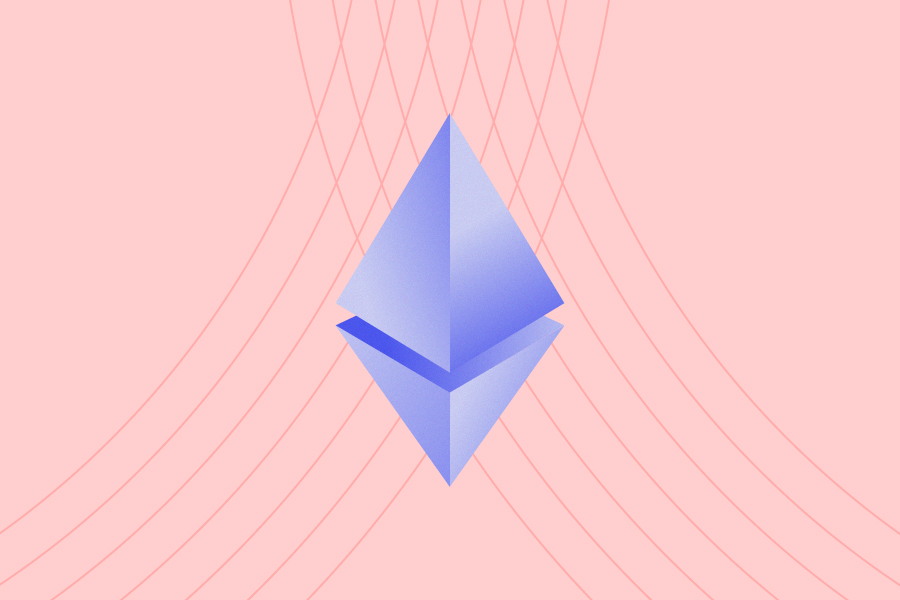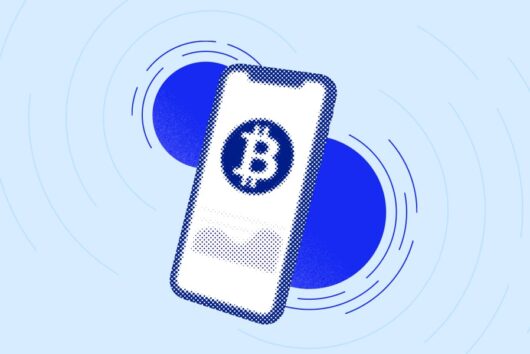The Ethereum Merge today and tomorrow

The Ethereum Merge was arguably the most hyped slow-burn in cryptocurrency history. It was six years in the making and was marked by numerous delays, deadline extensions, tests, and more tests. But on 15 September the Merge finally happened, and without a glitch.
The key change to Ethereum is in how transactions are confirmed on its network. The Merge was the final step in Ethereum’s transition from a proof-of-work (POW) consensus mechanism, one where miners confirm transactions, to proof-of-stake (POS), where stakers do the confirming.
It promises a new era for the second-largest cryptocurrency, paving the way for three key upgrades to the network.
Here are the three ways in which the Merge will either directly impact Ethereum immediately or pave the way for improvements in future.
Scalability
The switch to POS enables developers to update how the network stores data, through a process called sharding. This is planned for sometime in the near future and won’t happen right away.
Sharding is a process that essentially splits up the Ethereum network into lots of different independent smaller networks, which means each computer in the network doesn’t have to process every single transaction, only those in its ‘shard’. This should theoretically increase the amount of Ethereum transactions possible per second and greatly improve the speed at which these transactions can be processed.
Security
More validators and more staked Ethereum means increased security on the network, according to Ethereum co-founder Vitalik Buterin.
The majority of Ethereum mining on the POW model was handled by three large mining companies. The argument goes that if these companies had decided to collude, they would have been able to launch an attack on the network. The POS setup solves this issue.
Detractors of POS have been quick to point out that this new way of confirming transactions is technically less secure than the old POW one, but in the proof-of-stake model, those that go against the network stand to lose money invested, which makes the system a bit like paying a very large amount as deposit on a rental. The new system financially penalises those who go against the rules.
Sustainability
This is the improvement that has been making headlines, and it’s worth looking at exactly how researchers reached the conclusion that the Merge would lead to a 99% reduction in energy demands.
Source: Digiconomist
The widely-circulated figure of 99% energy consumption was arrived at using the following method to figure out how much Ethereum used while running POW.
- Researchers calculated total mining revenue in Dollars
- They then worked out how much of this revenue Ethereum miners spent on electricity
- And then converted this number to kilowatt-hours by dividing it by the average price per kilowatt-hour
The calculations to see how much electricity validators use on a POS model can be seen here, and both methods are based on ball-park estimates. But the point is that no matter how much you overestimate the numbers on the POS side, it uses at least 99% less energy than POW.
What exactly happened during the Merge?
Imagine the Ethereum blockchain as a railway line. Before the incoming Merge, all activity on this railway line has been recorded using a method called proof-of-work. Then came the idea to change this method to a more efficient one, called proof-of-stake.
To start this process, another line, using POS, was added, running in parallel to the existing one.
The existing line is called the Mainnet, which has been serving the Ethereum network since the very beginning, and the new line running in parallel is called the Beacon Chain.
The Merge is the merging of these two blockchains, the two railway lines, into one proof-of-stake Ethereum blockchain. The Merge is the final station where it’s only POS going forward.
Source: Ethereum.org
The Merge is not the final destination for Ethereum, however, but part of a series of upgrades that will allow the network to scale and address long-standing issues related to network costs and network efficiency.
What happens to Ethereum after the Merge?
If you’re not an Ethereum miner or a developer building on the Ethereum network, the changes to Ethereum won’t immediately be noticeable.
Ethereum continues being Ethereum, but in the background the network is using 99% less energy in validating transactions using proof-of-stake instead of proof-of-work.
Read more
A Merge timeline
And a more zoomed in view.
What is a testnet?
Testnets are used in blockchain engineering and are basically replicas of the networks on which the software upgrades are to be rolled out. In this case, the testnets are replicas of the Ethereum network.
Did you know?
All the Ethereum testnets – Kovan, Rinkeby, Sokol, Görli and Ropsten – are each named after subway stations dotted around the world.
Will the Merge impact the value of Ethereum in the long run?
Before the Merge, miners collected fees upwards of 5 million ETH every year, but the amount paid to stakers on the new POS network is expected to drop to somewhere around 1 million. It means that the supply of ETH may decrease in future, but whether it becomes deflationary is dependent on the burn rate.
Ethereum destroys a certain portion of transaction fees, paid in Ether, every day. The busier the network, the more ETH gets burned and vice versa.
If the supply continues to be more than the burn rate, which is much slower when markets are down, less NFTs minted on Ethereum and so on, the coin will remain inflationary.
Did the Merge lead to another Ethereum POW coin?
A few Ethereum POW diehards did fork the old blockchain but it’s gotten off to a very shaky start. The new network has suffered various technical issues, including a hack.
The forked blockchain will need to gather support from enough miners, investors and developers to survive. At the moment, it’s a shell of its former self, seeing that a blockchain with little or no activity is similar to a vehicle stripped of its moving parts.
How did this hard fork work?
Going back to our railway line example. The new POS line continues as Ethereum as we know it, with all activity having moved to this blockchain, and the old line was forked to create a ETH POW blockchain, which has seen support from a few miners. This blockchain will continue on its own and will have nothing to do with the official Ethereum.
There are a number of reasons for keeping the POW consensus mechanism. Proof-of-work supporters argue that proof-of-stake is not as time-tested, decentralised and secure as POW, while Ethereum miners have an obvious financial interest in keeping the old Ethereum going, as the new POS blockchain immediately put them out of business.
 Discover
Discover Help Centre
Help Centre Status
Status Company
Company Careers
Careers Press
Press


